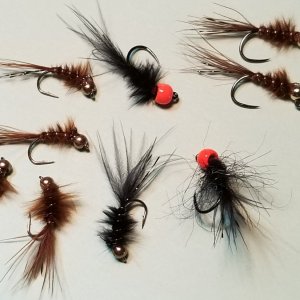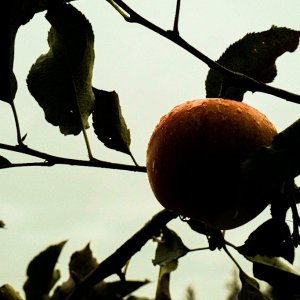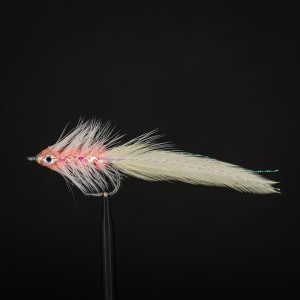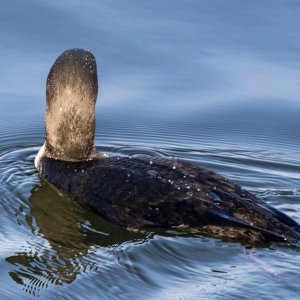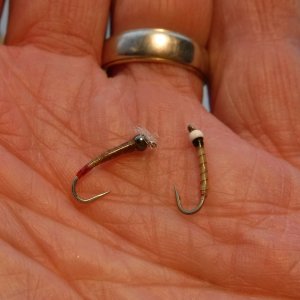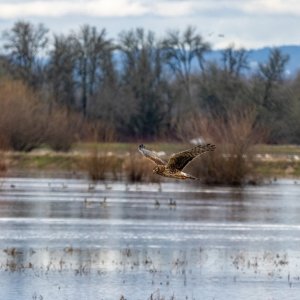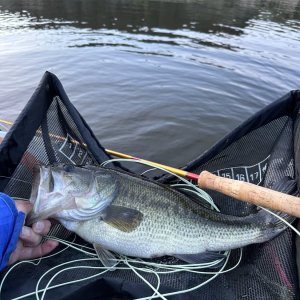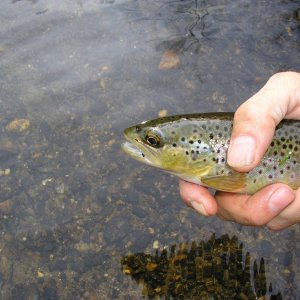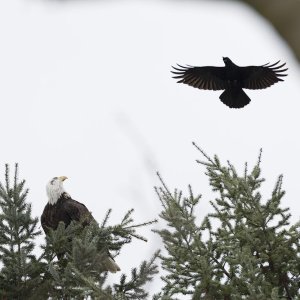I agree with the approaching storm front theory Curt.While a big fan of fishing when there is an opportunity, have never caught a decent fish without getting my fly wet!
That said I pay attention to such things as wind direction, barometric pressure, solar lunar tables, cloud cover, etc. all which potentially impacts my fishing success. I like to stack things into my favor.
To the topic at hand, I have found that high pressure can affect my fishing success, more so in cold water (winter) than in warm water. My theory is that in winter there are sporadic hatches which seem to be affected by the bugs accumulating temperatures days and that a day or so into a high-pressure system it is not uncommon to see a hatch triggered but the following days the seem to be less bugs for several days. During the winter if there are say an expected 5 days of high-pressure, I opt to fish day 1 and 4 or 5 while in the spring/early summer I expect more or less consistent fishing all 5 days. If I find myself fishing on a slow day I often resort to presenting suggestive patterns on aggressive retrieves or troll hoping to trigger reaction bites (this has saved more than a few days).
Some of my best fishing has been at the front edge of a storm front which can produce some short but intense fishing.
Curt
3 of the most productive bass fishing outings I've experienced were during such a scenario.
I felt like Bill Dance and Roland Martin rolled into one. Crazy good fishing. Laughing my ass off the whole time as it was so unbelievable.
It happens far less times than it doesn't for sure though.
I've made a point watching for those conditions and make a point to get after them when it happens. Odds are slim but
when it happens there's nothing like it.
Last edited:

